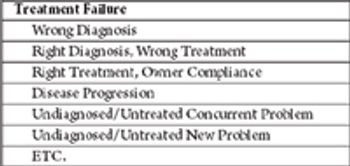
Dysautonomia is a neuropathy of unknown etiology that affects all aspects of the autonomic nervous system.

Dysautonomia is a neuropathy of unknown etiology that affects all aspects of the autonomic nervous system.

The circulating white blood cells include the granulocytes, the monocytes, and the lymphocytes.

The gastrointestinal tract acquires and digests food, absorbs nutrients and water, and expels unabsorbed material in the form of feces.

Nodules aspirated through the skin may be non-neoplastic, neoplastic but benign, or neoplastic and malignant.
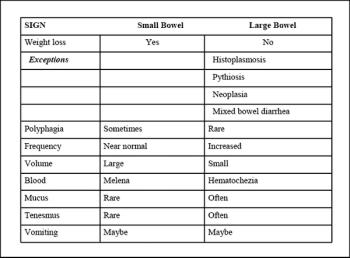
Inflammatory bowel disease is signified by gastrointestinal signs over 3 weeks duration with incomplete response to dietary trials and anthelminthics, histologic lesions of mucosal inflammation on biopsy and clinical response to immunomodulatory therapies.
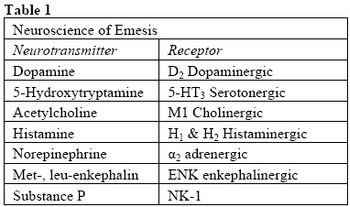
The clinical pharmacology of emesis and anti-emetics is dictated by the neurochemistry of the vomiting (emetic) center as well as the various afferent (input) and efferent (outflow) pathways involved in the act of emesis.

Renal insufficiency/failure is the most common cause of morbidity and mortality in older cats.
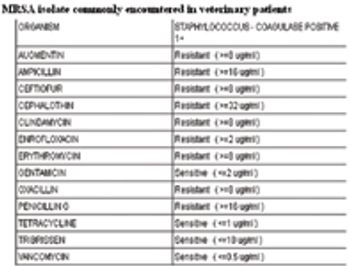
Beginning with Alexander Fleming's discovery of penicillin there has been an ever escalating arms race between microbes and the doctors that treat life-threatening infection.

Immunocontraception is the use of the body's own immune response to decrease fertility while permitting normal sexual behavior.

What is a cat? What characteristics are different for this species than we are or dogs are?

The term chronic renal insufficiency (CRI) is preferable to chronic renal failure (CRF), permitting us to view the condition as a progressive one, rather than imminently terminal and encourage our clients to treat their companions.

The Association of Human Animal Bond Veterinarians defines the human animal bond as the relationship between people, animals, and their environment.

Urolithiasis is the most widespread and economically important urinary disease of ruminant species.

Several disease syndromes in cattle have been shown to be selenuim-responsive.

Aspirin (acetylsalicylic acid, ASA) is the salicylate ester of acetic acid and is a weak acid derived from phenol.

Blastomycosis affects dogs, cats, horses, sea lions, lions, rhesus monkeys and polar bears. Dogs are the species most often infected.

The number of gram negative bacteria proven or implicated to cause pinkeye (IBK) in cattle has expanded over the years.

Practitioners have a variety of reasons for wanting to integrate alternative medicines into their practice.

Animal abandonment and abuse are two of the darkest consequences of a failed human animal bond, both of which are defined as animal cruelty in most, if not all, states.

Antibiotic selection is generally based on a range factors including tentative diagnosis, culture and sensitivity data, pharmacokinetic constraints, economics, and legality.

Methanol (also known as methyl alcohol or wood alcohol) is found most commonly in "antifreeze" windshield washer fluid and varies in concentration from 20-100% (with 20-30% being the most common form).

When discussing replacement heifers in a beef herd, a few questions must be answered before we even select our first potential replacement.

Alternative therapies have become increasingly popular in recent years, but their use in veterinary medicine is not without controversy.
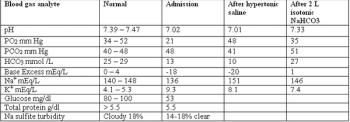
You are presented with a 9 day old Holstein-Friesian heifer calf with a chief complaint of diarrhea of four days duration.
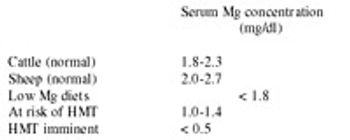
Ruminants are uniquely susceptible to hypomagnesemic tetany (HMT) caused by a variety of factors.

Foot rot (interdigital phlegmon, foot abscess, foul-in-the-foot, infectious pododermatitis, interdigital necrobacillosis) is an infection of the interdigital tissue of cattle caused by Fusobacterium necrophorum and Prevotella melaninogenicus or Porphyromonas levii.

Copper deficiency occurs when the diet contains an abnormally low amount of copper (primary copper deficiency) or when copper absorption or metabolism is adversely affected (secondary copper deficiency).

Leptospirosis is a broad range of clinical and sub-clinical disease problems caused by a number of Leptospira serovars.

Adequate resuscitation of the newborn is critical to decreasing calf losses in both beef and dairy herds.
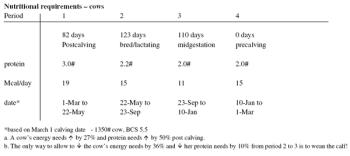
With the recent increase in prices of feedstuffs used in beef rations along with the increasing availability of by-product feeds, now is the time for veterinarians to become more involved in nutrition consultation with their beef clients.